Back Pain
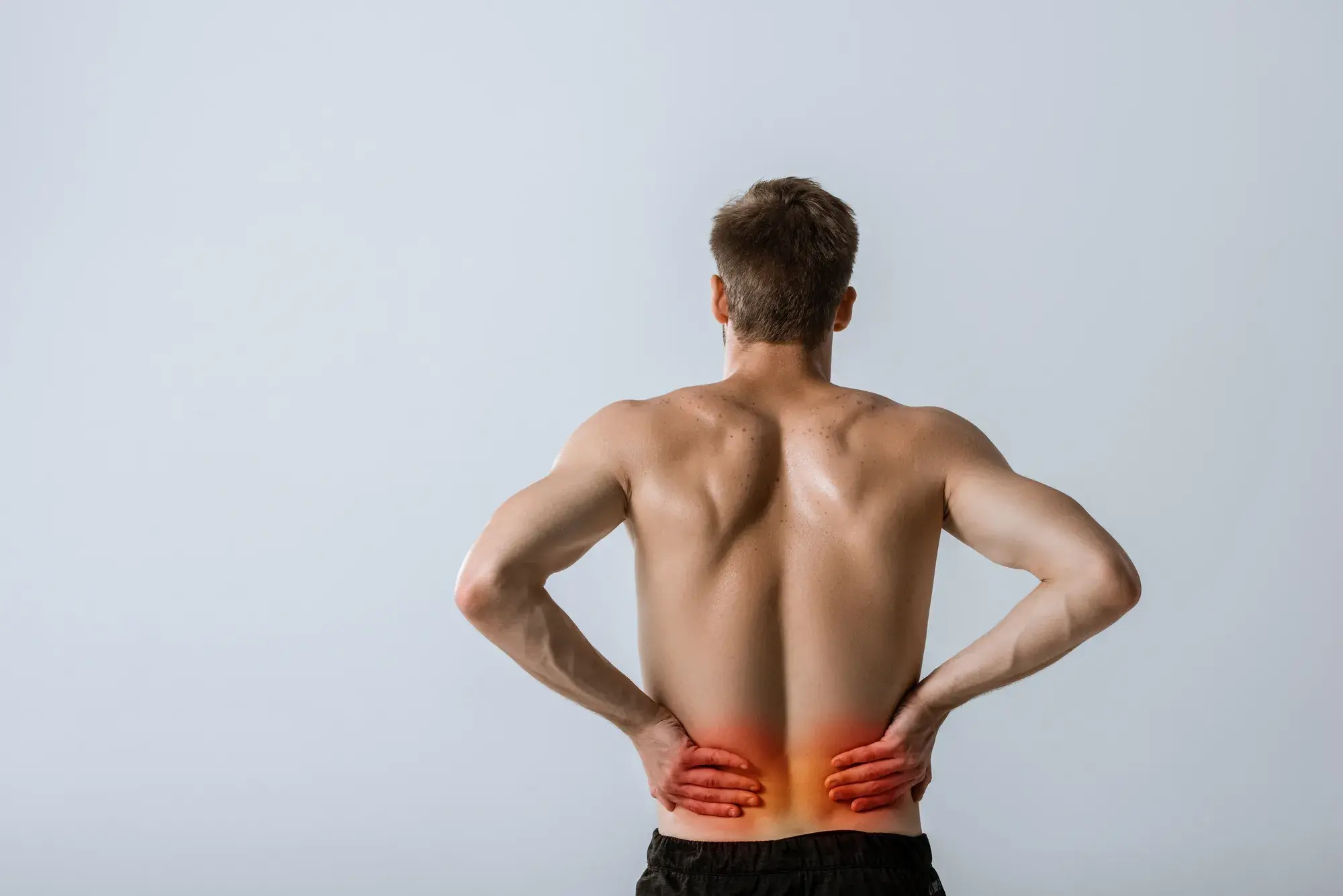
How To Tell If Back Pain Is Muscle Or Disc
Read More
June 28, 2023
Lifestyle factors and daily habits are profoundly intertwined with our mental and physical health. And, when it comes down to easing chronic pain and boosting overall health, hydration can be as impactful as nutrition and exercise.
Poor hydration can lead to a cascade of complications and detrimental effects, including fatigue, gastrointestinal problems, and low blood pressure. Dehydration can also be the root cause of your back pain.
Understanding the real underlying cause of your back pain can free you of taking pain medications daily and guide you in the choice of an effective treatment. At Relatyv, our whole-person approach can help you identify and address the source of your back pain, so you can lay the foundations of long-lasting spinal health.
The human body is composed of 60% of water, the vital fluid needed for essential bodily functions, cellular processes, and chemical reactions. Drinking enough water replenishes the fluids lost through sweating, breathing, and waste removal. Hydration also supports your body’s metabolism, prevents overheating, and keeps the skin supple, healthy, and youthful.
Dehydration – or the process of losing water faster than the rate at which you are able to replenish it – can significantly hinder these essential functions and cause a range of complications. In particular, dehydration can be one of the root causes of back pain.
The spine is composed of 33 vertebrae, which are interlocking bones responsible for enabling the spine’s range of movement. Between each of these bones is located a soft cushioning structure known as intervertebral disc. These discs play an essential role in:
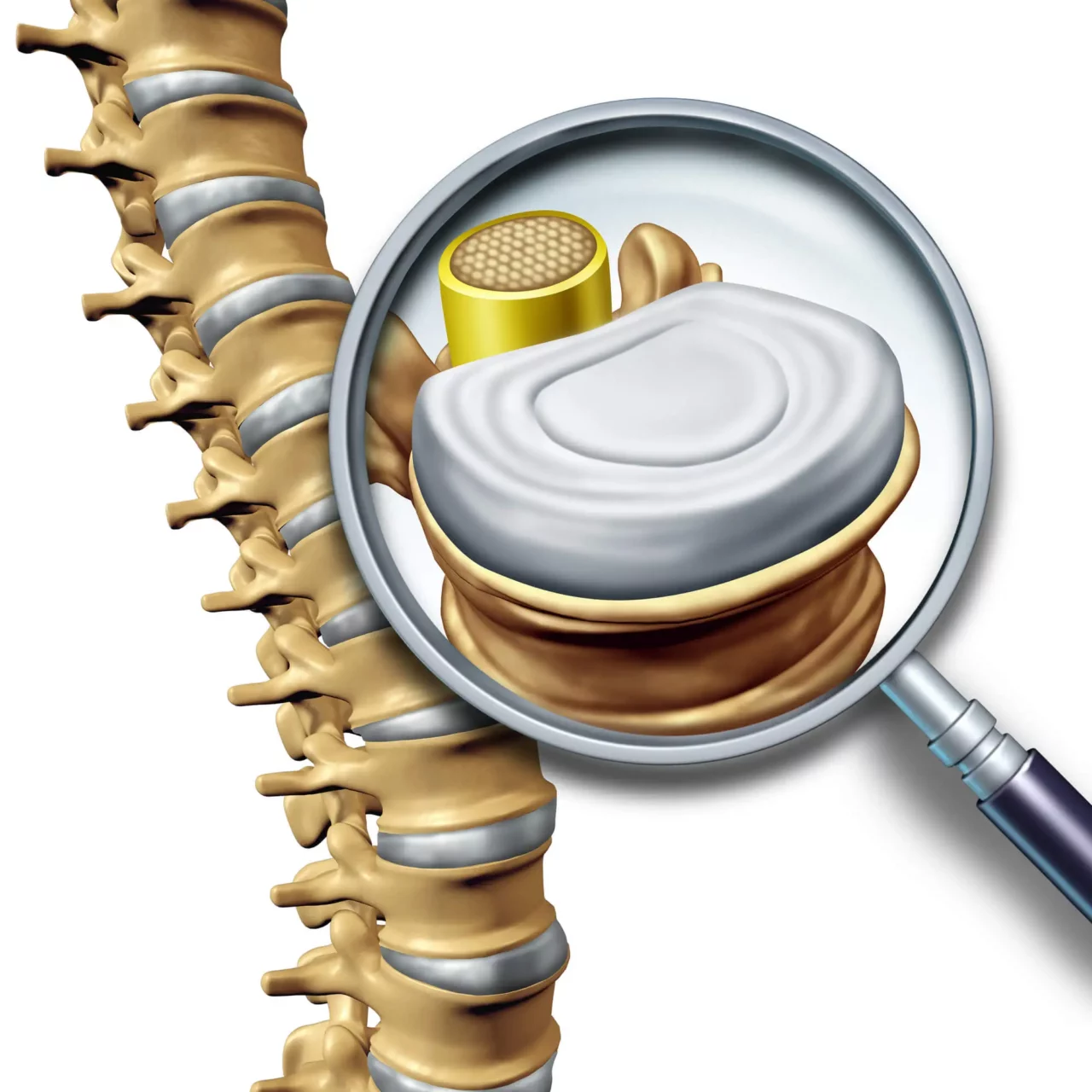
The intervertebral discs are composed mostly of water. This allows them to create the hydrostatic pressure necessary to counteract the compressive force the spine is exposed to at any given time.
In a healthy spine, the water content of each disc declines throughout the day due to gravity and pressure, and it is then replaced while we sleep, through a process known as intradiscal fluid exchange.
However, dehydration or hypohydration (having sustained low levels of hydration) can prevent the discs from accessing the water needed to retain their size, remain supple, and counteract the impact of external forces and loads.
When this happens, the lack of cushioning exposes the spine’s bone to friction and shock damage. Irritation of tissues can lead to inflammation, swelling, and pain, which prevent you from moving your spine as you should.
In severe cases, poor hydration can cause the outer ring of the intervertebral disc to dry out and crack, which can lead to painful conditions such as disc tears or bulging and herniated discs.
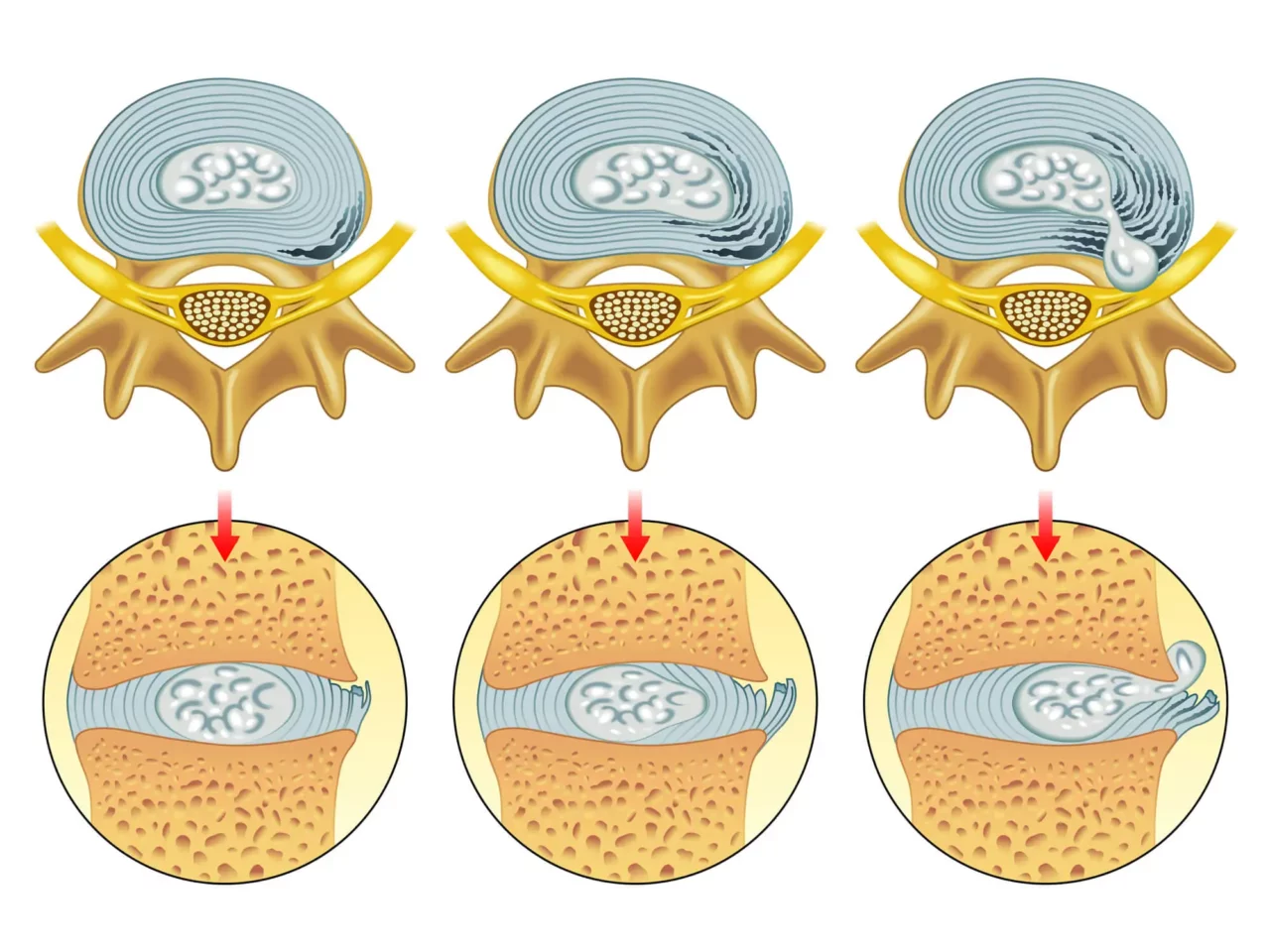
Dehydration can also cause several other effects that can worsen your back pain. For example, hypohydration can increase pain sensitivity, making you experience painful sensations more intensely. Low hydration can also cause the muscles in the spine to become stiffer, which inhibits your range of movement and leads to painful muscle spasms.
If your back pain is associated with your menstrual cycle, hypohydration can intensify painful sensations and lower your pain threshold during critical phases such as menstruation.
Given the impact of dehydration on your musculoskeletal and spinal health, it is critical to take steps to prevent dehydration and hypohydration – starting with learning to recognize the signs of this condition.
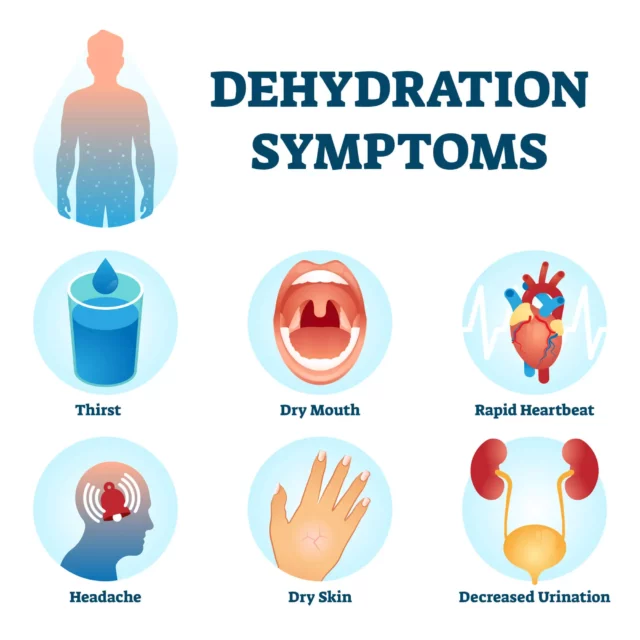
Common symptoms of dehydration include the following:
Dehydrated skin isn’t the same as dry skin, which occurs when the skin does not produce enough natural oils.
Dehydration can cause several other symptoms, including irritability, mood swings, and fever. If you have noticed one or more of these symptoms, you should consider rehydrating immediately and restoring healthy levels of water content throughout the body.
So, what happens to the spinal discs when you are not drinking enough water? As seen above, dehydration can cause tissues throughout the body to shrink and stiffen. A similar effect occurs in the intervertebral discs in the spine.
The cushioning discs between the vertebrae are composed of two parts:
When healthy, 80-85% of the nucleus pulposus is made of water. This water content is dispersed during the day as the spine supports movements and absorbs shock and pressure. However, while we sleep, the discs regain all the lost water content, increasing the body’s height by as much as 0.5 inches (1.3 cm) by the morning.
However, prolonged dehydration can prevent the discs from replenishing their water content, which can leave the spinal bones and surrounding tissues unprotected against shock and friction damage.
When the water content of the nucleus pulposus reaches 70-75%, the spine can experience severe degeneration and permanent alteration of its ability to deal with loads and pressure.
Learning to recognize the signs that you may be dehydrated can help you rehydrate as soon as possible and prevent health complications. But it’s just as important to be able to identify whether your back pain derives from low levels of hydration.
After all, without truly understanding what’s causing your condition, you may be taking pain medications that are inefficient at best – and dangerous at worst.
Educating yourself on the signs that your back pain is caused by dehydration is key to avoiding exposing yourself to side effects such as gastrointestinal problems, increased risk of stroke or heart attack, and addiction. These are some of the symptoms to watch out for:
Additionally, if the intervertebral discs start thinning, drying out, or bulging they can start adding pressure to the nerve roots in the spine. This can damage the nerves and interfere with the normal transmission of sensory signals to the brain, which results in numbness.
You may also experience mechanical stiffness, which occurs when drying intervertebral discs are unable to accommodate spinal movements.
In particular, the spinal nerve root can come into contact with bones and other components of the spine during movements, which can result in irritation, nerve damage, and permanent back pain. A symptom that the spine in the nerves may be damaged is numbness or an absence of reflexes in the legs.
Although dehydration can cause chronic back pain, this risk factor is easy to address and modify: all you need to do is to stay hydrated. If you are struggling to manage your water intake, these strategies can help:
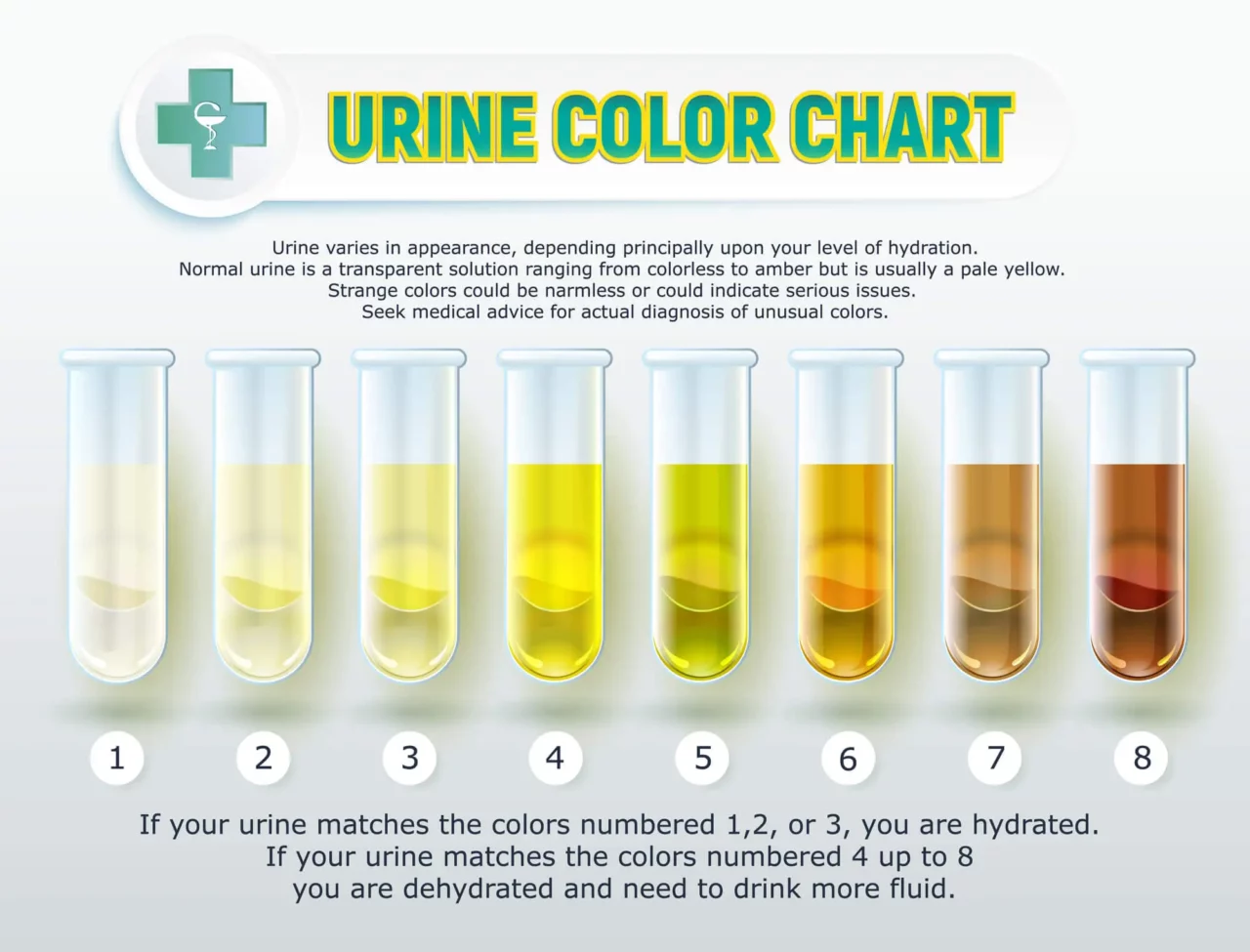
Last but not least, remember to drink before you are thirsty! Building a habit of sipping water throughout the day can help you stay hydrated effortlessly.
If you have increased your water intake but the back pain persists, it is time to seek an accurate diagnosis for your condition and identify the root cause of your chronic pain. After all, back pain can be the result of serious conditions like herniated discs, osteoarthritis, endometriosis, fibromyalgia, kidney infection, muscle strains, obesity, and traumatic injury.
When partnering with the specialist at Relatyv, you can pinpoint the exact cause of your back pain and obtain a personalized treatment program designed to improve your spinal health without medications or surgery.
Here’s what to do if increasing hydration isn’t enough to stop your back pain.
The first step is always to talk to a specialized healthcare professional. Specialists such as orthopedists, rheumatologists, and neurologists can help you obtain a comprehensive clinical picture of your spinal health and determine what’s causing your back pain.
When you are under the care of a specialist, you’ll undergo a wide range of diagnostic procedures aimed at identifying the reason for your back pain. These procedures include:
If you have been struggling with chronic and debilitating back pain, the chances are that you are relying on medications in every aspect of your daily life. You might also have tried different lines of treatments that have proven themselves inefficient, or you are living in fear of surgery.
Fortunately, with the Neurofunctional Pain Management program pioneered by Relatyv, you can address your pain and restore your spinal health without invasive procedures, medications, or chiropractic manipulation.
As part of a more comprehensive Neurofunctional Pain Management protocol, electroanalgesia uses high frequency electrical pulses to inhibit the transmission of pain signals traveling from damaged areas in the spine to the brain.
Additionally, the precise electrical pulses delivered through electroanlgesia can decrease inflammation, swelling, and redness, while also supporting the circulation of blood, nutrients, and oxygen.
When used as part of a tailored whole-person approach that involves Lifestyle Counseling and IV Therapy, e-stim can provide long-lasting relief from pain while also promoting the body’s ability to heal damaged tissues.
Staying hydrated is a critical step to take to support your spinal health and overall well-being. But what if hydration isn’t enough? Relatyv can help you access a customized program that uses non-invasive, non-pharmaceutical, and non-chiropractic treatments to ease the symptoms of back pain.
Through Neurofunctional Pain Management and electroanalgesia you can modify all of those factors that are negatively impacting on your spine and lay the foundations of long-term health.
About the Author
Will is a healthcare executive, innovator, entrepreneur, inventor, and writer with a wide range of experience in the medical field. Will has multiple degrees in a wide range of subjects that give depth to his capability as an entrepreneur and capacity to operate as an innovative healthcare executive.
Share on Social Media




You can see how this popup was set up in our step-by-step guide: https://wppopupmaker.com/guides/auto-opening-announcement-popups/
You can see how this popup was set up in our step-by-step guide: https://wppopupmaker.com/guides/auto-opening-announcement-popups/
Neurofunctional Pain Management Overview
Symptoms
Conditions Treated
Treatments
Articles by Category
Locations
Colorado
Wisconsin
Georgia
Hiram
Lawrenceville
Marietta
Powder Springs
Texas
Waco
Victoria
Illinois
Buffalo Grove
New Lenox
St. Charles
Arizona
Tucson
Waddell
Arlington
Avondale
Buckeye
Superior
Mesa
Palo Verde
Morristown
Tempe
Chandler
Anthem
Eloy
Florence
Fort McDowell
Phoenix
El Mirage
Coolidge
Gilbert
Arizona City
Casa Grande
Casa Blanca
Aguila
Sacaton
Apache Junction
Kearny
Stanfield
Goodyear
Litchfield Park
Alabama
Arkansas
California
Florida
Idaho
Indiana
Iowa
Kansas
Louisiana
Maryland
Michigan
Rhode Island
Minnesota
Mississippi
Nevada
New Jersey
New Mexico
North Carolina
Ohio
Pennsylvania
South Dakota
Tennessee
Utah
Virginia
Washington

